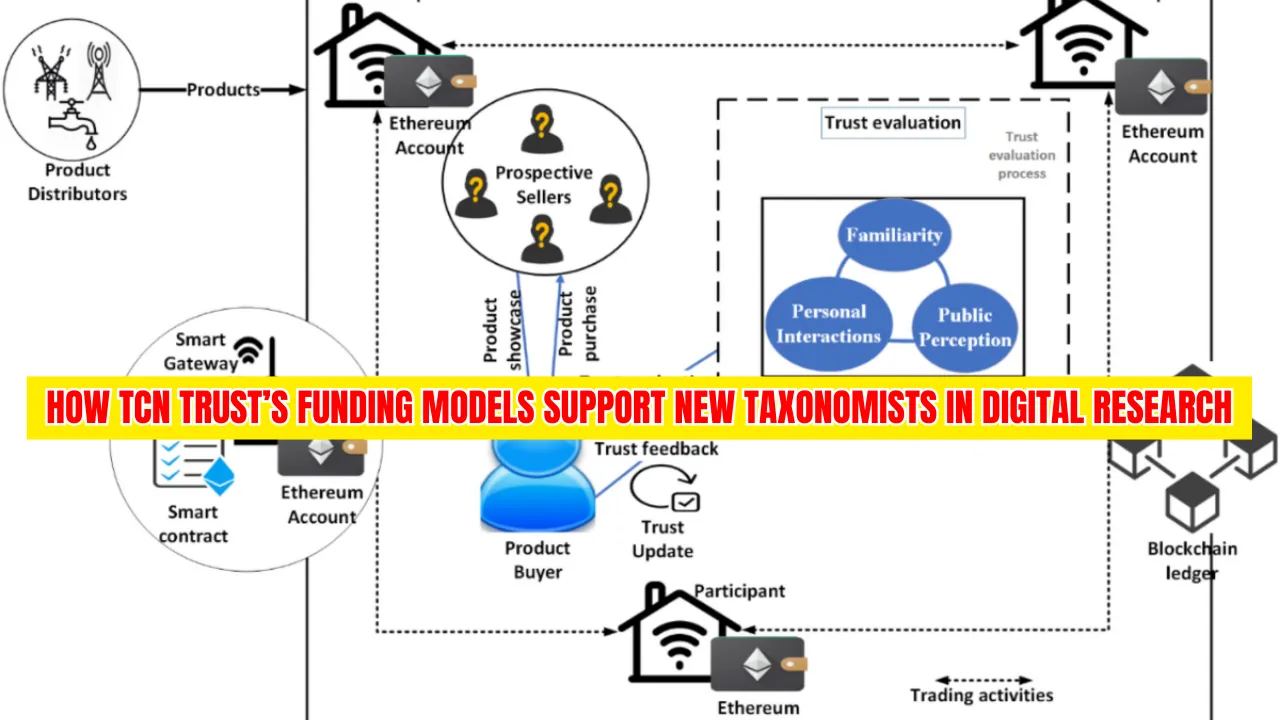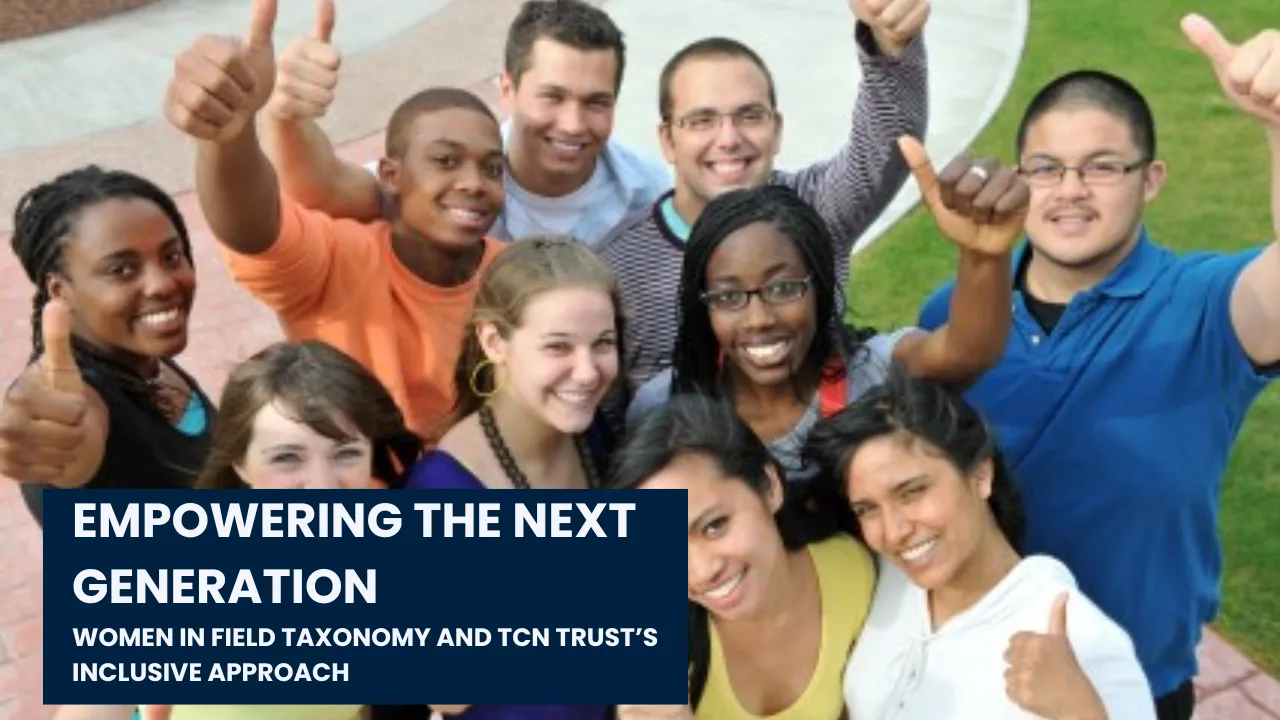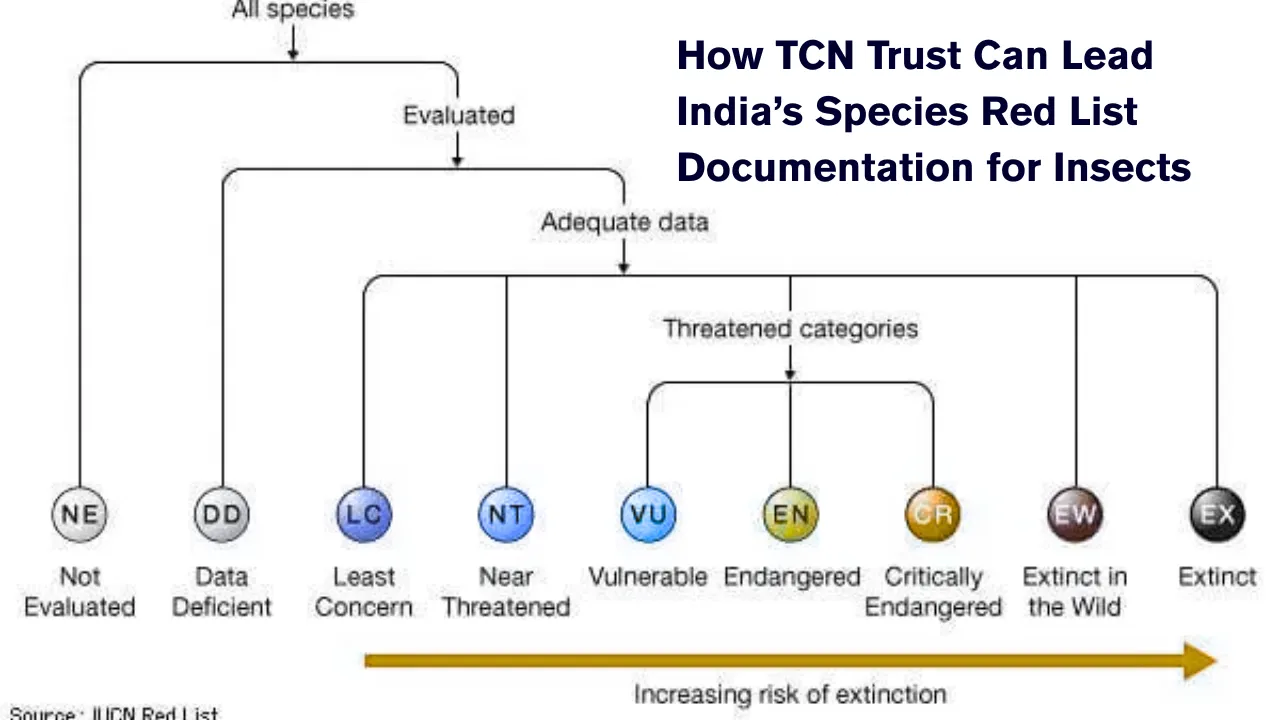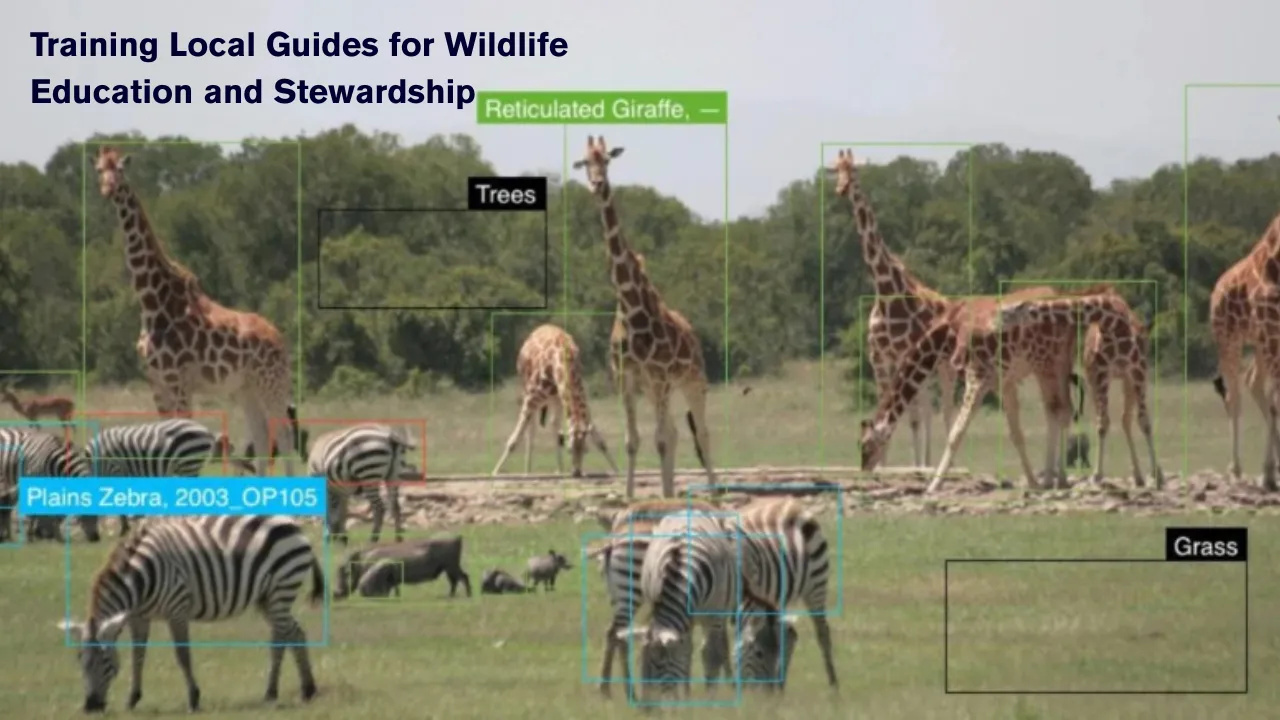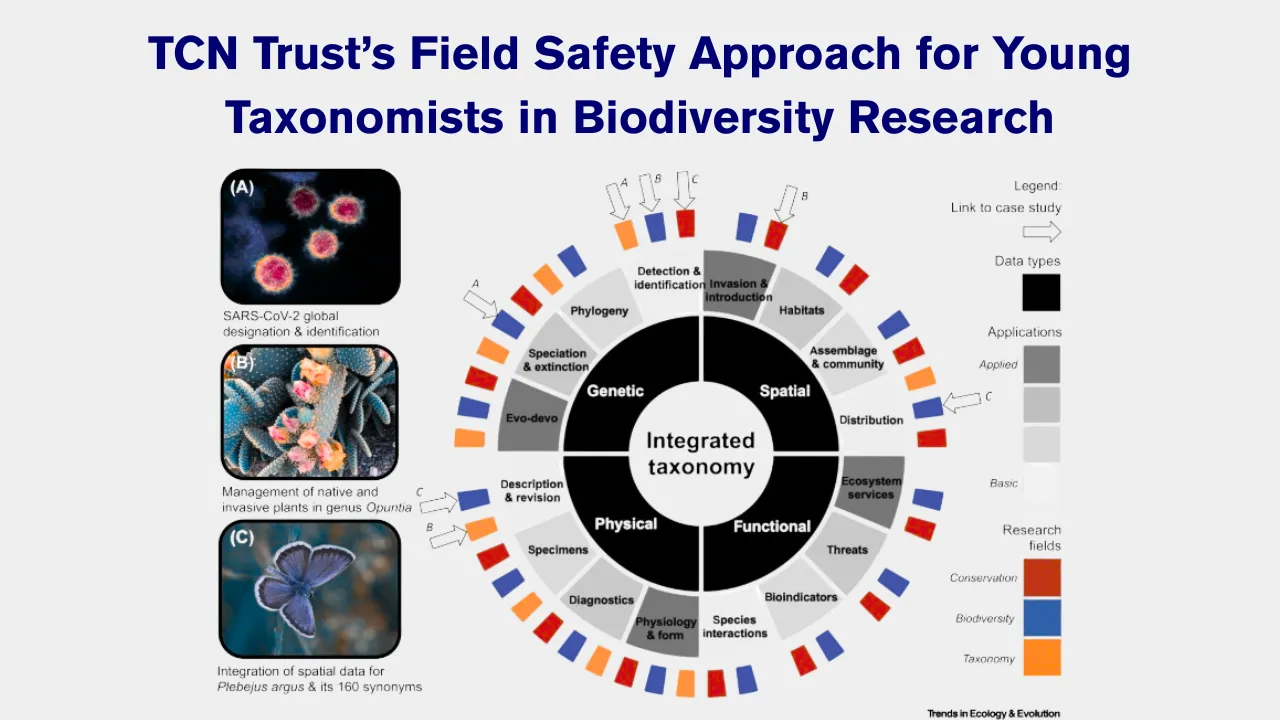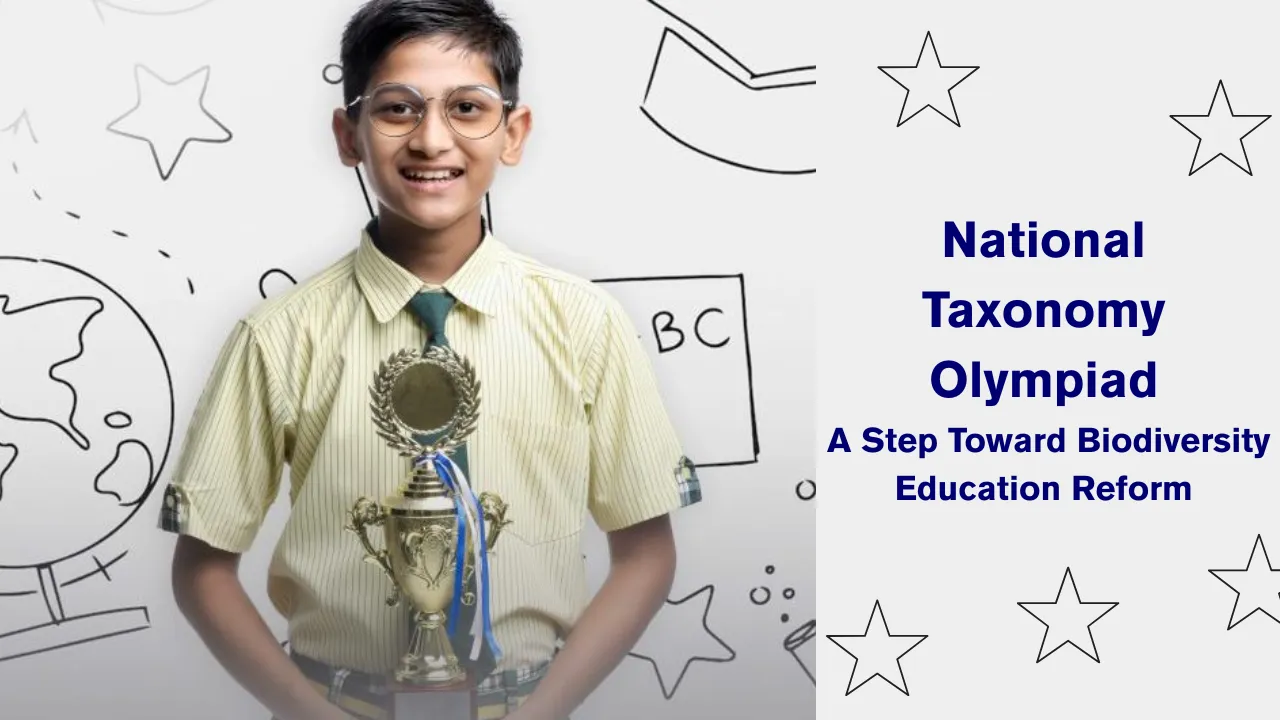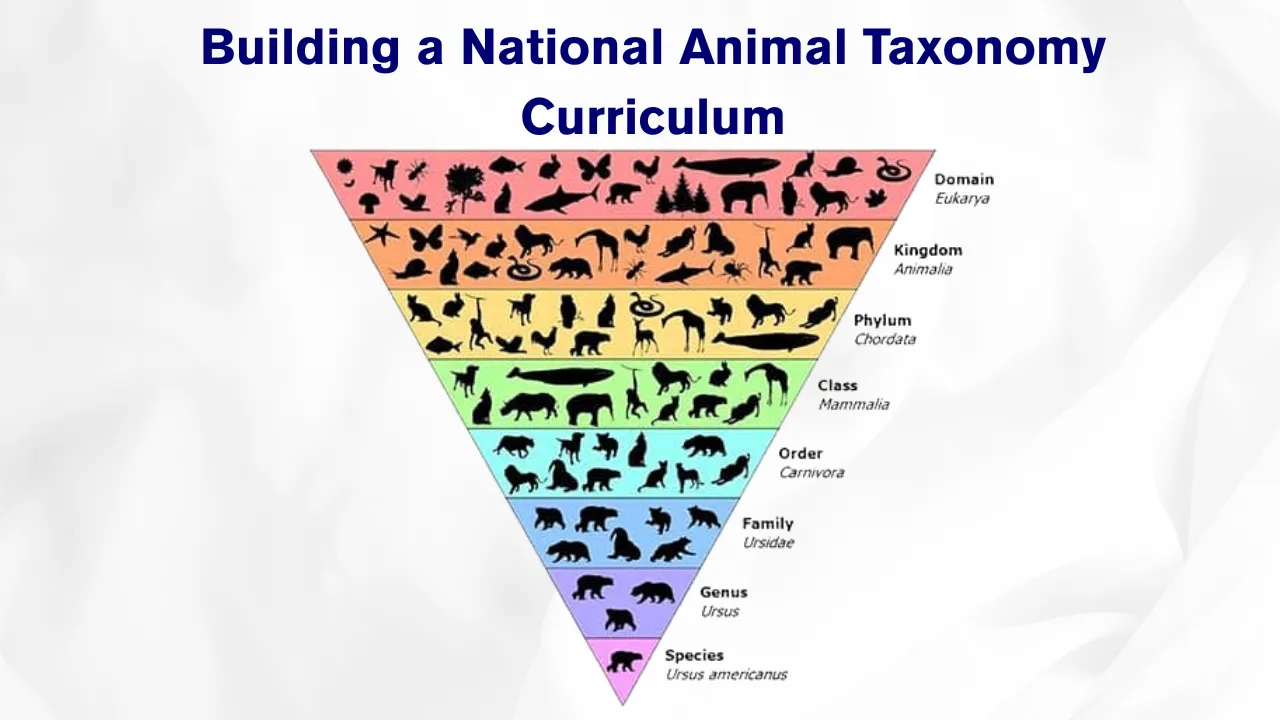TCN Trust’s Funding Models are becoming a crucial support mechanism for early-career taxonomists and institutions involved in natural history collections. As the world of taxonomy evolves to include more digital platforms and collaborative efforts, securing funding becomes not just helpful but essential. For young scientists stepping into the field, these models offer real potential for both academic progress and meaningful contribution to the broader scientific community.
This article offers a deep dive into TCN Trust’s Funding Models, how they work, and how emerging researchers can craft winning grant applications. From lessons learned by previous recipients to practical strategies, we will guide you through the full process. Whether your interest lies in digitizing specimens, curating collections, or building biodiversity data networks, understanding this funding landscape is the first step toward building your taxonomic legacy.
TCN Trust’s Funding Models: A Gateway for Emerging Taxonomists
TCN Trust’s Funding Models operate as a catalyst for early-career taxonomists looking to engage with biodiversity projects, digitization efforts, and data-driven taxonomy. These models support a range of initiatives, from digitizing underrepresented collections to promoting open-access biodiversity data. More than just financial support, they provide a framework for innovation, mentorship, and scientific collaboration. By focusing on accessible research funding and emphasizing community value, TCN empowers taxonomists to bring their ideas to life, no matter their institutional size or career stage. For anyone entering the field, these funding models represent both a challenge and an opportunity to engage with global taxonomic efforts in meaningful ways.
Overview of TCN Trust’s Funding Models
| Aspect | Details |
| Target Audience | Early-career taxonomists, small museums, academic researchers |
| Primary Goals | Digitization, data sharing, accessibility of natural history collections |
| Application Requirements | Clear objectives, data plan, sustainability, collaborative partnerships |
| Funding Scope | Specimen digitization, database development, outreach, collaboration |
| Success Factors | Clarity, community value, measurable outcomes, tech integration |
Understanding TCN Trust’s Funding Models
At the heart of TCN Trust’s Funding Models is a commitment to advancing global taxonomic knowledge through well-funded, strategically aligned projects. These models are specifically designed to bridge the gap between under-resourced institutions and the broader scientific data network. Unlike traditional funding schemes, TCN models prioritize accessibility, community data contributions, and long-term research impact.
Emerging taxonomists often struggle with limited access to funds or institutional support. TCN’s model addresses this gap by emphasizing digital taxonomy and collaborative infrastructure. Funded projects are expected to contribute to biodiversity databases and engage in data sharing—key principles that align with open science practices and international research trends.
Grant Application Strategies That Work
One of the most common questions from potential applicants is how to craft a successful grant application. Here’s what works:
- Align with Core Goals: The most successful applications are deeply aligned with TCN’s focus on specimen digitization, collaborative research, and data accessibility.
- Be Clear and Concise: Your proposal should be easy to follow, even by reviewers outside your specific niche.
- Show Impact: Whether it’s outreach to local schools or global biodiversity access, make it clear how your project adds value.
- Include a Digital Plan: Mention how you’ll store, share, and maintain your data long-term. Cloud solutions and open repositories are looked upon favorably.
- Collaborate: Highlight partnerships. Joint proposals that link multiple institutions or expertise areas often perform better.
These strategies don’t just improve your chances—they help structure a project that has long-term potential and scientific relevance.
Success Stories from Recent Taxonomists
The power of TCN Trust’s Funding Models lies in their ability to uplift under-resourced yet high-potential researchers. Take for example a young taxonomist from Southeast Asia who used the grant to digitize regional freshwater fish specimens previously unavailable in global databases. This project not only increased research visibility but also led to international collaborations and further funding.
Another success story involved a botanical researcher digitizing endangered plant specimens from local herbaria. With TCN funding, they developed an online interactive catalog accessible to educators, conservationists, and the public.
These examples underline the point: you don’t have to be part of a large institution to make a global impact.
Common Mistakes to Avoid
Despite good intentions, many applicants fall short due to a few avoidable missteps:
- Vague Objectives: Reviewers need clarity. Ambiguity in goals or expected outcomes weakens your proposal.
- Ignoring the Data Sharing Component: Data management isn’t optional; it’s central.
- Overlooking Collaborations: Projects that lack interdisciplinary or institutional partnerships often miss out.
- Unrealistic Budgeting: Either overinflated or poorly itemized budgets raise concerns.
- Neglecting Community Impact: Projects without outreach or user accessibility tend to rank lower.
By steering clear of these common issues, applicants can stand out and build compelling proposals that resonate with reviewers.
Key Lessons for Future Applicants
1. Focus on Collaboration
Successful proposals often come from small teams working together across institutions. Collaborations with museums, universities, and even tech organizations enhance credibility and scope.
2. Use Technology Wisely
Modern taxonomic research demands digital solutions. Projects that include plans for cloud-based storage, interactive platforms, or mobile access tools are better positioned for approval.
Checklist for a Strong Application
- ✅ Clearly defined objectives aligned with TCN’s mission
- ✅ Specific timeline and realistic milestones
- ✅ Well-structured and justified budget
- ✅ Plan for data sharing and public access
- ✅ Letters of support and formal collaborations
- ✅ Outreach or education components
A solid checklist like this ensures your proposal stays focused and hits all major review points.
Real Impact of TCN Trust Funding
The ripple effect of TCN Trust’s Funding Models goes beyond individual projects. It fosters a growing network of emerging and established taxonomists working together to increase the reach and relevance of natural history data. Funded researchers often report increased visibility, future grants, and long-term partnerships as direct outcomes of their TCN-supported projects.
In essence, this funding builds more than research—it builds careers and communities.
FAQs
What is the focus of TCN Trust’s grants?
TCN grants focus on digitizing biological specimens, improving data access, and encouraging collaborative taxonomy work.
Who can apply for TCN Trust funding?
Early-career taxonomists, researchers from smaller institutions, and collaborative teams are encouraged to apply.
Do I need previous funding experience to apply?
No. What matters most is a clear, well-aligned project that shows impact and sustainability.
How much funding can I apply for?
Grant amounts vary, but proposals with clear budgets and defined outcomes are more likely to receive full or partial funding.
What’s the turnaround time for applications?
Typically, decisions are made within 2–3 months depending on the review cycle and grant type.
Conclusion
TCN Trust’s Funding Models offer an invaluable opportunity for emerging taxonomists to make a lasting impact in their field. These grants don’t just fund projects—they empower researchers to share knowledge, build networks, and elevate global access to biodiversity data. With the right strategy and preparation, your work could be the next success story transforming natural history collections into dynamic, digital, and publicly accessible resources.
If you’re considering applying or want to learn more, take this as your call to action. Dive into the guidelines, craft your proposal, and become part of a growing community redefining taxonomy in the digital age.
Have questions or experiences to share? Comment below or explore related funding guides tailored for early-career scientists.
